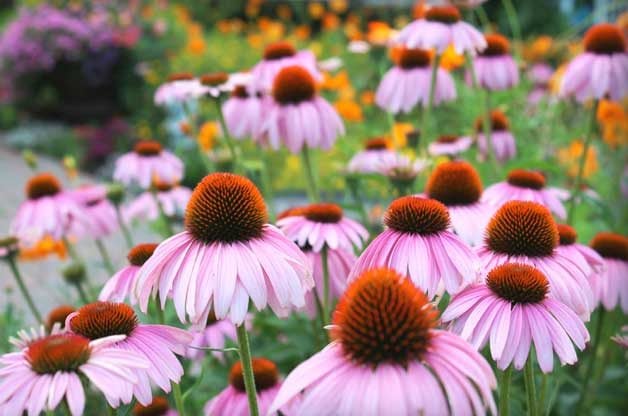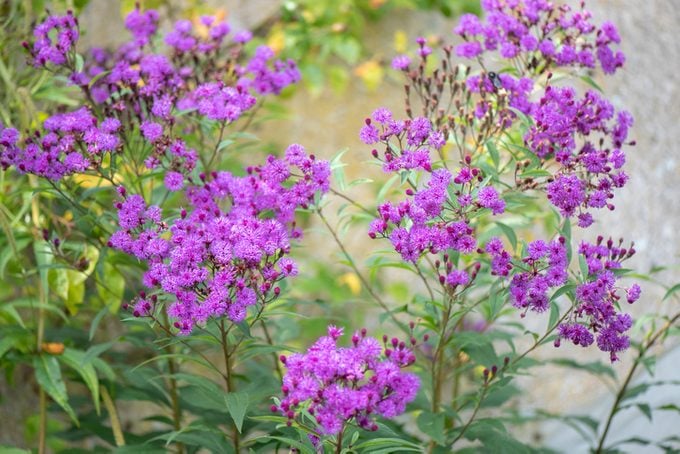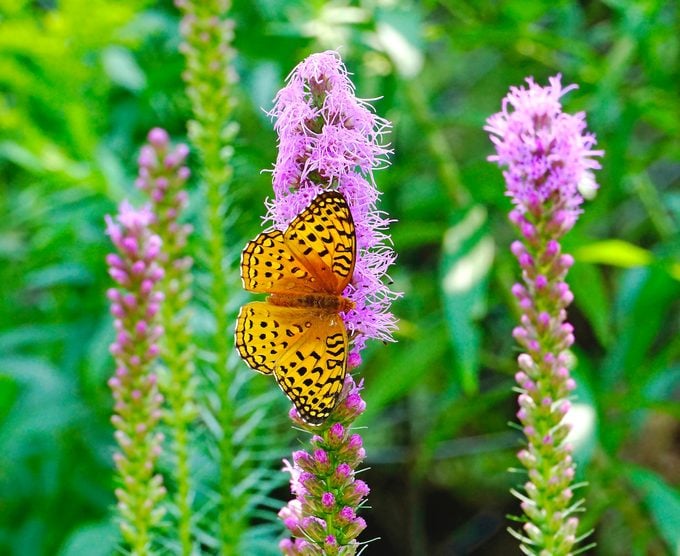What Are Native Plants and Where to Find Them
Updated: Apr. 27, 2022

When shopping at the garden center, you may ask, what are native plants? Learn how to choose them, grow them and why they're important for pollinators.
What are native plants? Either you love them, hate them or don’t really know what they are. If you fall into the latter category, don’t worry. Native plants are often hard to define. And some people don’t know where to find native plants. The native plant movement has been going on for the last three decades. Many gardeners feel the only way is the native way, while others envision weeds when they hear the term. Learn more about why you should add these plants to your garden, and also discover a helpful native plant finder.
Here’s why gardening is good for your health.
Native Plants Definition
So, what are native plants? Talk to various experts and avid gardeners, and you may get slightly different answers.
Many classify native plants as those that were here before nonindigenous people arrived. Some scientists and naturalists feel native plants are ones that have inhabited a region for thousands of years. And finally, many others narrow the definition of native plants to the local community or region where they live.
If you look at all these definitions, you’ll notice a common thread. Native plants are ones that have been growing in a region for a long time. And they have historically provided a valuable source of food and shelter for insects, birds and wildlife in the area. I strongly encourage gardeners to look for the natives for their region
Check out these myths and facts about butterfly host plants.
How to Grow Native Plants

If you want to grow natives, there are a few basic principles you should know. First, make sure the plant you’ve selected will tolerate the existing growing conditions in your garden. (Psst—here’s how to find your plant zone).
We have had a strong impact on the ecosystems where native plants once thrived. The soil, light and even temperatures are much different. Make sure the plant you want to grow will still thrive.
These 6 genius garden hacks will save you time and money.
All plants benefit from a bit of extra care when you are first trying to establish them. For the best chance of success, prepare your soil before planting, keep weeds at bay, and water as needed to get plants off to a healthy and vigorous start.
Select plants that complement your home and garden design style. You can arrange them like your other garden plants, or you can group them together to mimic their native communities.
Discover the top new garden trends to try in 2022.
How to Work Native Plants into Your Garden

Those opting for a native (and to some, a more messy) look may want to include a few “signs of civilization” to put their neighbors at ease. The University of Minnesota found people were more accepting of native-looking landscapes when they included birdhouses, border fences or a strip of mowed grass around the natural plantings.
Perhaps you just want a slice of natives in your garden bed. To make this work, look at other similar plants in their natural settings. Then duplicate nature’s design in your own garden. Keep in mind that you many need to provide a bit of guidance to keep plants within their boundaries.
If you’ve never grown natives before, maybe you’d prefer to start small. As you’re planning your garden, check to make sure all your plants (natives and non-natives alike) are equally assertive and able to coexist. Avoid growing these invasive shrubs.
As you look around your existing landscape, you might be surprised to find you already have quite a few native plants growing. Don’t stop there, though. Build on this to add beauty, food for wildlife and a sense of history to your landscape.
Check out long-blooming flowers for attracting butterflies and hummingbirds.
Native Plant Finder
There are dozens of native plants groups throughout the country, and many garden centers even identify and promote natives as well.
The National Wildlife Federation has a useful native plant finder online, Garden for Wildlife, to help you source native plants that are perfect for your area. Simply click on your state on the map and then you can order collections of easy to maintain plants that will bloom annually – including “Hummingbird Heroes,” “Pollinator Power” and “Monarch Munchables.” Plants will be delivered at the proper time for planting in your growing zone.
“Native plants are at the core of any habitat garden,” says Mary Phillips, head of Garden for Wildlife. “Our curated combinations of native perennials support birds and pollinators galore, making the greatest impact on people, pollinators, and the planet.”
Next, learn how to remove invasive plant species for good.
